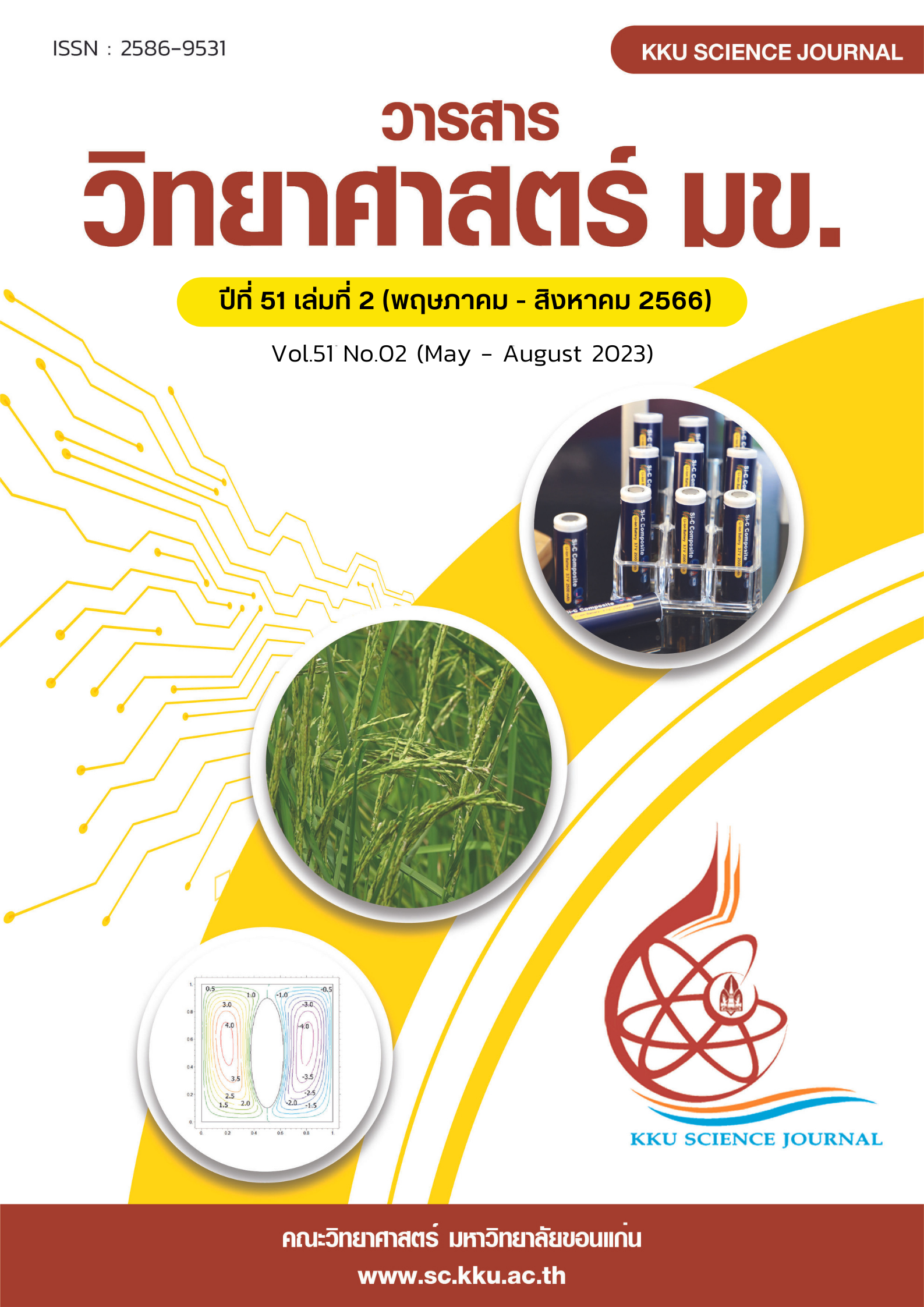The Development of an Expiration Date Database System for Convenience Stores
Main Article Content
Abstract
Nowadays, technology plays a crucial role in business management by being able to reach customer demand. Especially in convenience stores businesses where the number of branches increases, with the high competition. Therefore, the research objectives are 1) to conduct a SWOT analysis 2) to develop the expiration date database system, and 3) to evaluate the employees' opinions toward the expiration date database system on store management efficiency improvement. The convenience store in this study is 7-Eleven Soi Sukhumvit 93 branch. It is the workplace of one of the research team, where research issues are raised. The research instruments were an interview form and an online questionnaire. Qualitative and quantitative methods were conducted through in-depth interviews and online questionnaires. By purposive sampling technique, 50 employees in 7-Eleven were a sample of the study. The interviewee's positions included store manager, store assistant manager 1, store assistant manager 2, store assistant trainee manager, officer, special officer, bilateral student, and college student. The expiration date database system was adapted from the Task-Technology Fit subset model. The study found that 1) the optimal strategy for the store is the corrective strategy (WO) and 2) the expiration date database system improves the efficiency of store management by reducing the time spent checking the expiration date and the cost of using expiration date paper (Mean of opinions were 4.62 and 4.74, respectively).
Article Details

This work is licensed under a Creative Commons Attribution-NonCommercial-NoDerivatives 4.0 International License.
References
ชายแดน มิ่งเมือง และอดิศร นามเกตุ. (2565). แอปพลิเคชันการแจ้งเตือนวันหมดอายุอาหารและเครื่องสำอาง. วารสาร วิชาการ การจัดการเทคโนโลยี มหาวิทยาลัยราชภัฏมหาสารคาม 9(2): 108 - 116.
วิสุทธิ์ สุพิทักษ์ และสุธีรา ปุลิเวคินทร์. (2560). การวางแผนบริหารจัดการสินค้าคงคลังโดยใช้หลักการจำลองสถานการณ์กรณีเติมเต็มสินค้าร่วมกันภายใต้สถานการณ์สินค้ามีกำหนดวันหมดอายุและการหมุนเวียนสินค้าแบบเข้าหลังออกก่อน. วารสารไทยการวิจัยดำเนินงาน 5(2): 22 - 32.
ศูนย์วิจัยกสิกรไทย. (2565). ค้าปลีกปี 66 ขยายตัวต่อเนื่องท่ามกลางปัจจัยท้าทายรอบด้าน. แหล่งข้อมูล: https://portal.settrade.com/brokerpage/IPO/Research/upload/2000000453179/3377.pdf. ค้นเมื่อวันที่ 10 มกราคม 2566.
Best, J.W. (1981). Research in Education. 4th edition. Englewood Cliffs. New Jersey: Prentice Hall. Inc.
Chauncey, W. (2014). Interview Techniques for UX Practitioners: A User-Centered Design Method. Morgan Kaufman. pp. 23 - 41.
Dale, L.G. and Ronald, L.T. (1995). Task-Technology Fit and Individual Performance. MIS Quarterly 19(2): 213 - 236.
Enstam, A. (2022). The impact of expiration date tracking software in grocery stores: A task-technology fit review of information systems used for date-checking in grocery stores. Master's Thesis, Uppsala University. Uppsala. pp 13 - 15.
Jorge, C.C., Ekaterina, Z., Jorge, G.L., Andrés, P.F. and Carlos, R.G. (2021). COVID-19, consumer behavior, technology, and society: A literature review and bibliometric analysis. Technological Forecasting and Social Change 173: 1 - 13.
Mackellar, J. (2013). Participant observation at events: theory, practice and potential. International Journal of Event and Festival Management 4(1): 56 - 65.
Tongzhe, L., Kent, D.M. and Harry, M.K. (2020). The impact of expiration dates labels on hedonic markets for perishable products. Food Policy 93: 1 - 11.


